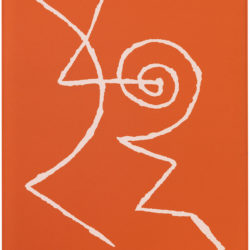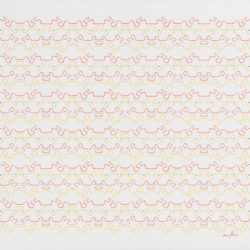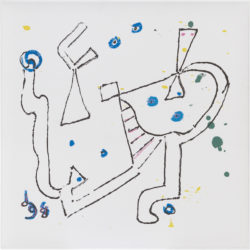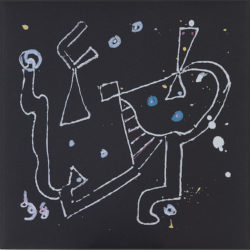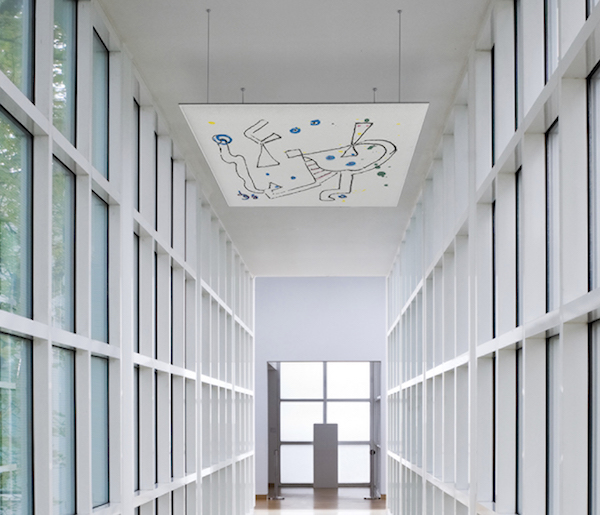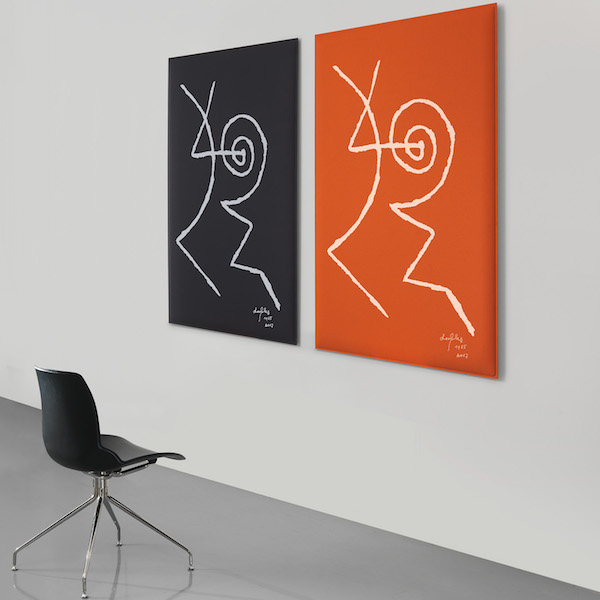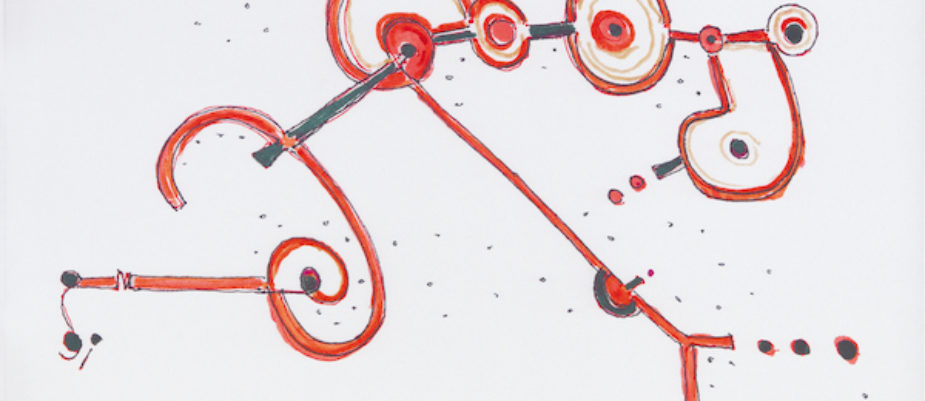
Can art and industrial design successfully coexist? Snowsound-Art is the Caimi Brevetti’ answer to this question developed with the authoritative contribution of Professor Gillo Dorfles to discover new ways of opening channels of communication between art and industrial design. The artwork becomes a reproducible object with high functional performances, too.
The sound absorbing panels signed by Gillo Dorfles represent the mind between art and industrial design. From conception to completion, Gillo Dorfles, 103 years aged, has looked after every phase of this project to create four panel drawings, and give concrete expression to his artistic eclecticism.
In other words, art that is designed not just to be gazed upon, but to be put to practical use. A functional solution for acoustic comfort that is both beautiful and yet also reproducible as part of a series.
The Snowsound-Art sound-absorbing panels based on Gillo Dorfles’ drawings exemplify how the exchange of ideas between the worlds of art and industry can create something of value, which can also be produced like an assembly line object.
It is in this spirit of collaboration between art and industry that Dorfles and Caimi Brevetti undertook the design and construction of four large Snowsound wall and ceiling acoustic panels, which also function as “canvases” depicting works that Dorfles created between 1937 and 2017 under the rubric of “Gigantism in Design“.
“With this work of Gillo Dorfles we have a concrete example of how the eye is able to go beyond the surface of things, enabling us observers to realise that the creative process is infinite, just as the possibility of capturing the universal through specific details is also infinite, as the great medieval philosophers have taught us, provided that the “project”, that is to say the human person, remains central to the work of art. This is what “Gigantism of Design” is all about. Gillo Dorfles’ eclecticism is endlessly surprising, and here he has taken panels that serve a highly practical purpose and transformed them into a series of fantastic landscapes, through which the artist is watching us, perhaps a little surprised himself at what he has achieved.” quoted Aldo Colonetti.

